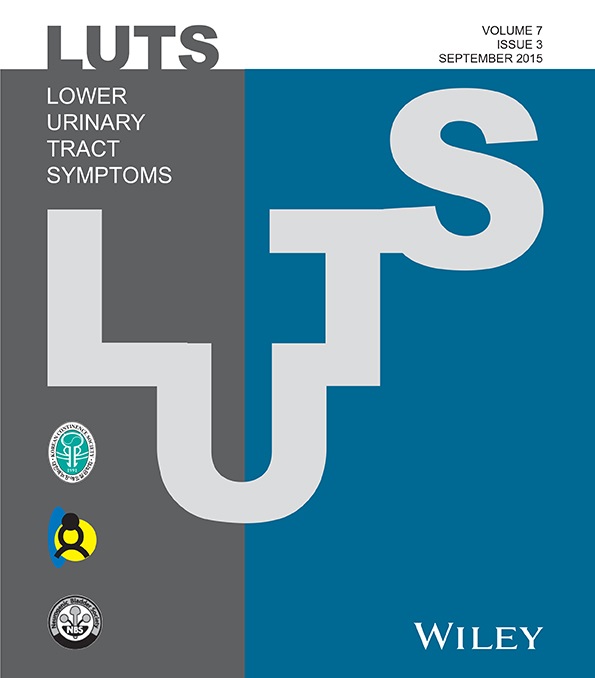Noradrenergic Mechanisms Controlling Urethral Smooth and Striated Muscle Function in Urethral Continence Reflex in Rats
Abstract
Objectives
To investigate the role of noradrenergic pathways in the urethral continence reflex during abdominal compression in rats.
Methods
Under urethane anesthesia, urethral baseline pressure (UBP) and urethral pressure response (UPR) during momentary abdominal compression using a 100 g weight was measured using a transurethral microtransducer-tipped catheter placed at the middle urethra in Sprague–Dawley female rats. Following intravenous (i.v.) application of hexamethonium or α-bungarotoxin to block urethral smooth or striated muscle function, respectively, the effects of terazosin, an α1-adrenoceptor (AR) antagonist (0.3 mg/kg, i.v.), medetomidine, an α2-AR agonist (0.3 mg/kg, i.v.) or nisoxetine, a norepinephrine reuptake inhibitor (1 mg/kg, i.v.) followed by terazosin on UBP and UPR were examined.
Results
After hexamethonium pretreatment, terazosin did not alter UBP or UPR, whereas medetomidine significantly decreased UPR by 28% without UBP changes. Nisoxetine significantly increased UPR by 64%, which was eliminated by terazosin, but UBP was not altered by nisoxetine. After α-bungarotoxin pretreatment, UBP and UPR were significantly decreased by terazosin or medetomidine. Nisoxetine induced significant increases in UBP and UPR by 16 and 15%, respectively, which were antagonized by terazosin.
Conclusion
These results suggest that: the baseline activity and reflex contraction of urethral smooth muscle are decreased by α1-AR inhibition or α2-AR stimulation; the reflex contraction of urethral striated muscle is decreased by α2-AR stimulation, but not by α1-AR inhibition; and nisoxetine increases baseline and reflex activity of smooth muscle in addition to striated muscle reflex activity by α1-AR stimulation. These findings will be useful to understand nerve-mediated urethral closure mechanisms.




